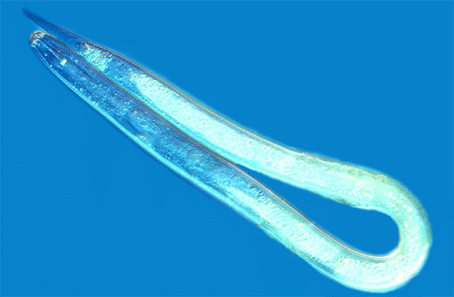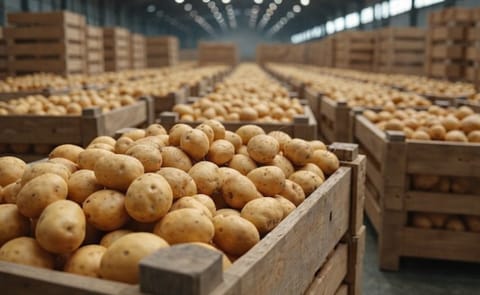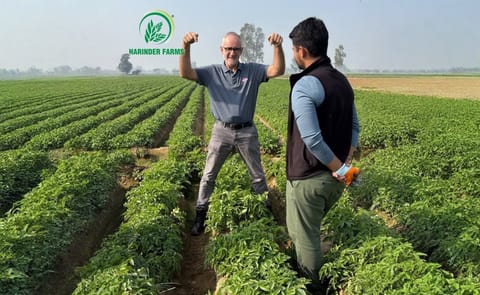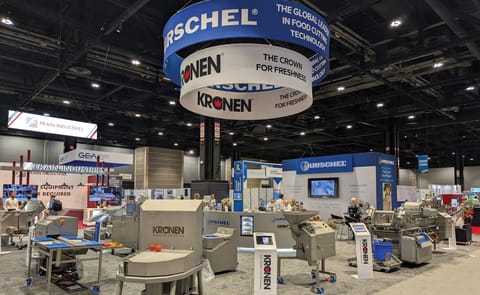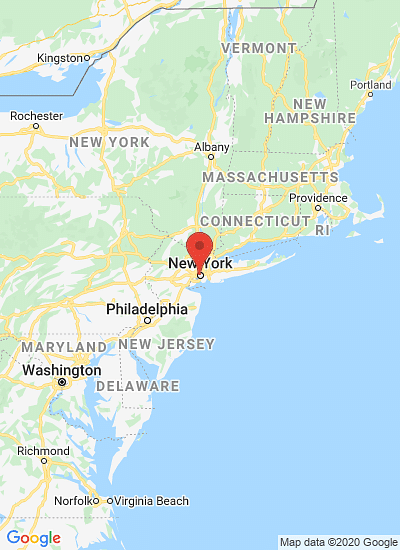New York State Agriculture Commissioner Darrel J. Aubertine today announced that the Department, in conjunction with USDA, is removing more than 300,000 acres from regulation for golden nematode. This announcement represents nearly a quarter of the total acres regulated in the State, and is a major first step toward the agency’s goal of reducing the total affected golden nematode regulated area by 90 percent by 2015.
“Since the 1940s, farmers have adhered to a strict eradication strategy to eliminate golden nematode,” the Commissioner said, “and today, 300,000 acres are set free from regulation. Our farmers truly deserve all the credit for this victory as they are the ones who adhered to rigid crop rotation schedules and conducted the necessary equipment sanitation practices. We are thrilled to announce that we are golden nematode free on these acres and are committed to reaching our goals of de-regulating 850,000 more acres by 2015.”
Rebecca Bech, Deputy Administrator for USDA APHIS’ Plant Protection and Quarantine, said, “USDA commends our partners in New York for their sustained efforts in fighting against this devastating pest. Removing additional acreage from the golden nematode quarantine demonstrates the powerful role that partnerships between American producers and government agencies play in our battle against exotic pests.”
Based on results of official surveys conducted on the soils in the fields and criteria agreed upon by Canada and the U.S., the USDA Animal and Plant Health Inspection Service (APHIS) and the New York State Department of Agriculture and Markets has determined that 262,118 acres in Livingston County, 43,520 acres in Genesee County, and 729 acres in Steuben County meet all requirements for removal from golden nematode regulation. Accordingly, restrictions on the interstate movement of golden nematode regulated articles, including root stock and nursery products, from these areas are no longer required.
Melanie Wickham, Executive Director of the Empire State Potato Growers Association, said, “New York potato growers have been on the front lines, fighting and containing this pest for several decades. Their hard work and dedication has protected the rest of the industry, and it is a positive reflection on New York growers to see these acres removed from state and federal quarantine.”
After many years of intense research, an agreement was signed between the U.S. and Canada in 2009 that established science-based survey methods and criteria for determining that an area is free of this pest. Using these guidelines, most of the currently regulated areas in New York can be de-regulated, leaving just the infested fields and fields immediately adjacent under regulation. This new survey method will allow New York to de-regulate 90% of its currently regulated acreage over the next three years, reducing the acreage from 1.28 million to approximately 128,000.
According to the Empire State Potato Growers Association, New York is ranked 13th in the nation in potato production. New York has about 20,500 acres of land devoted to potatoes, which includes growing the crop for seed, fresh consumption and processing. The State’s potato crop is valued at $65.3 million and its production totals roughly 520 million pounds annually.
Source: Agricultural Dept New York State News

